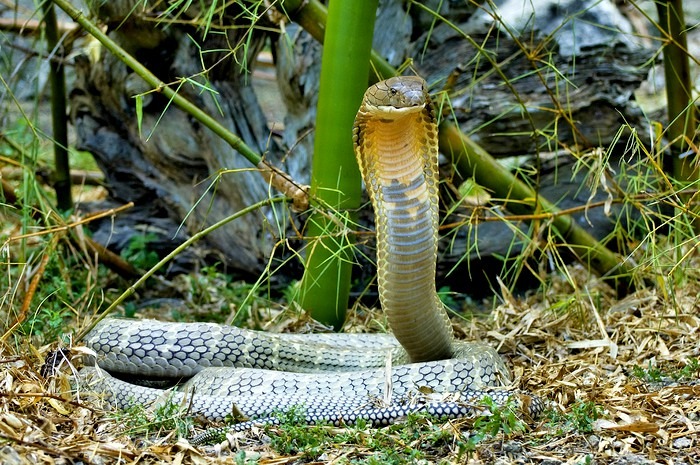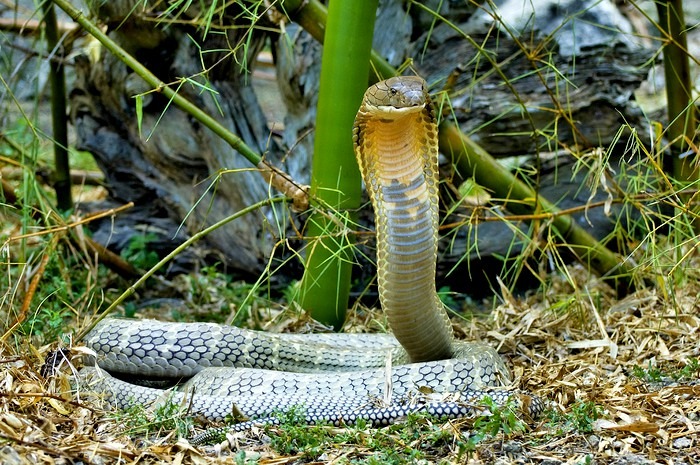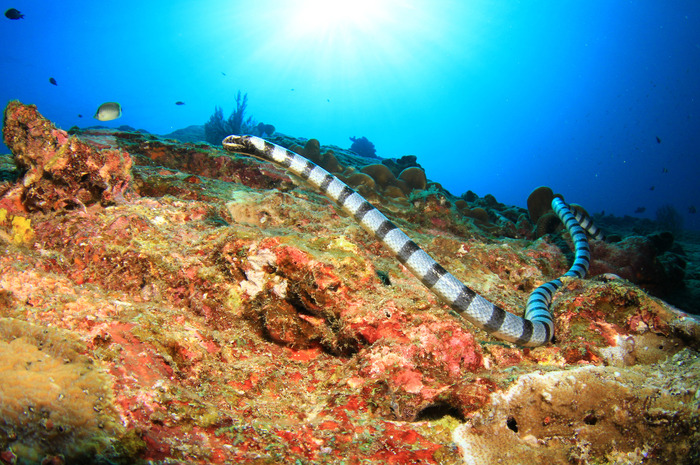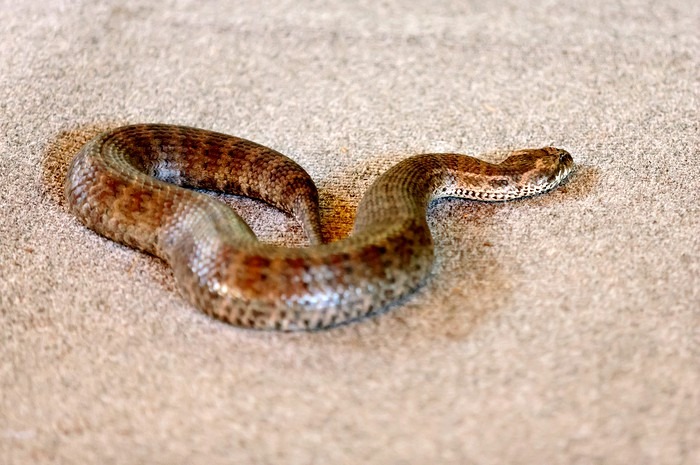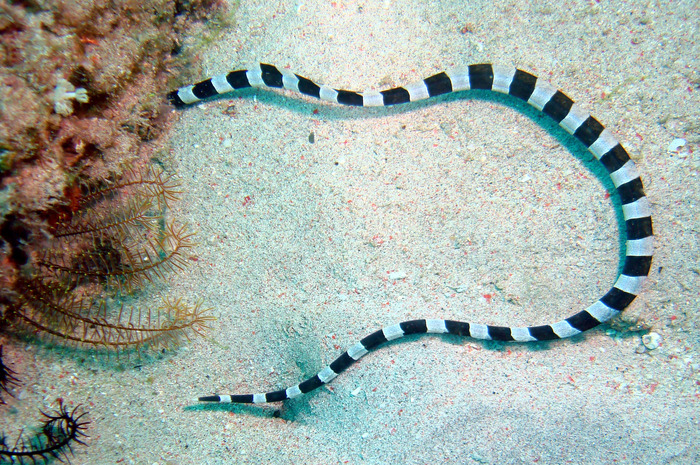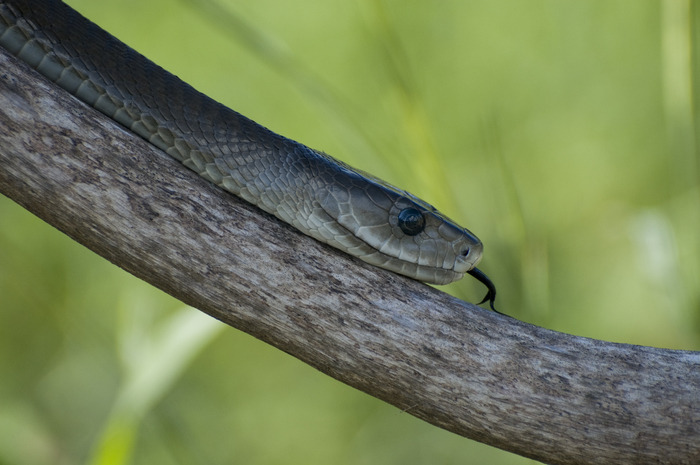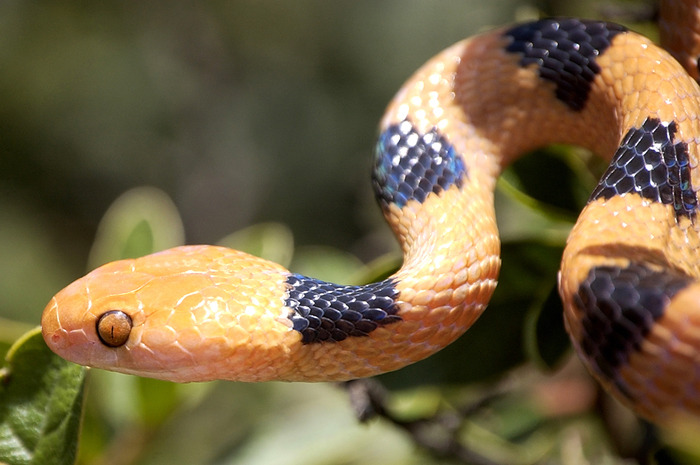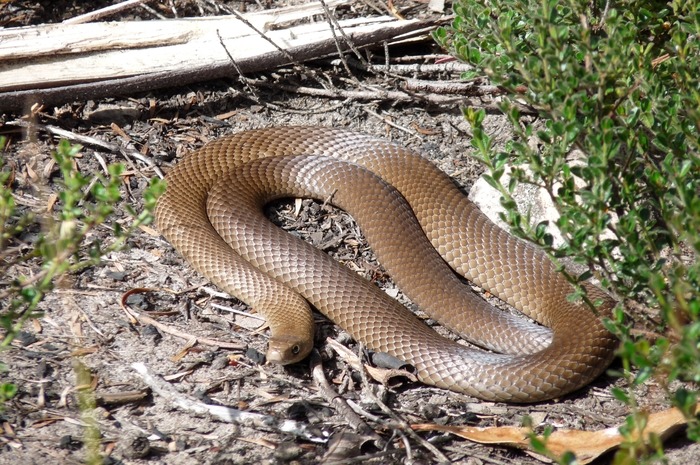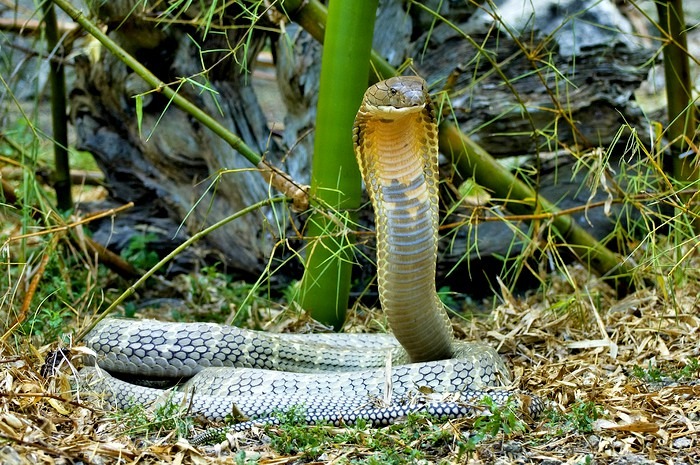The World's Most Dangerous Snakes
The World’s Most Dangerous Snakes
The CDC estimates that 7,000 to 8,000 people per year receive venomous snake bites in the United States. Five of those people die and the number of deaths would be much higher if people did not seek medical care.
Snakes are found throughout the world except in Iceland, Antarctica, Ireland, New Zealand and Greenland. You can find them in tropical regions, according to Defenders of Wildlife. They flick their tongues to smell the air and usually hibernate during the winter months.
*Related: The Most Dangerous Sea Creatures We Never Want to Encounter
Some of symptoms associated with a snake bite include swelling, redness, severe pain, nausea, increased sweating and disturbed vision.
Continue reading for the world's most dangerous snakes.
Rattlesnake
These snakes are commonly found throughout North and South America. They are the largest of the venomous snakes in the United States, according to the CDC. Depending on the species, they can range from one to eight feet. Be careful during hot summer nights when they are most active. They will use their rattles as a warning to you when they feel threatened.
Vipers
Vipers snakes are found all over the world, with a few exceptions. They are quick tempered and very fast. A Vipers bite will cause immediate pain, swelling and bleeding. The Gaboon Viper specifically, has the longest fangs of any snake in the world. It likes to ambush its prey and attack by surprise.
Blue Krait
This snake is not only one of the most venomous snakes in the world when it comes to humans, but it likes to bite other snakes as well. According to WildFacts, one bite from this snake is enough to kill you; when it bites you, its venom enters your body fast – it is apparently 15 times more deadly than that of a Cobra snake.
Death Adder
Supposedly, the Death Adder was the snake that Cleopatra used to kill herself. One bite from this venomous snake, and respiratory arrest and paralysis are likely to occur. Without treatment, 50 percent of bites usually lead to death.
Sea Snakes
These snakes have adapted to life in salty sea water. They are commonly found in the Indian and Pacific Ocean and they come in many different sizes and colors. They have very strong venom and are poisonous to humans. However, they will not usually strike unless they feel threatened. *Fun fact: They can reach to approximately 9 feet in length.
Black Mamba
[See: How to Survive a Snakebite] Watch out, and don't try to run, this is the fastest snake in the world. According to National Geographic, they are fast, nervous and lethally venomous. When they are threatened, they become highly aggressive. Black Mamba snakes have been blamed for many human deaths.
Inland Taipan
This snake can be found in Australia. It can grow up to 8 feet long and has extremely toxic venom. "The venom of the inland taipan is a complex combination of toxins, including neurotoxins or those that affect the brain and nervous system, procoagulants which make blood clot, myotoxins which affect the muscles and nephrotoxins which affect the kidneys," according to ipfactly.com.
Tiger Snake
Eastern Brown Snake
This snake is responsible for the most deaths caused by snakebites in Australia, according to Reptile Park. They explain that they have slender bodies, vary in colors and can move at a surprising speed. They like to feed on small mammals – birds, rodents and small reptiles.
King Cobra
The longest venomous snake in the world – reaching up to 18 feet in length. When they are confronted, they can literally raise one-third of their body straight off the ground and still move forward to attack, according to National Geographic. The good news is that they tend to be shy and avoid humans when possible, but if they feel cornered they become extremely aggressive.
